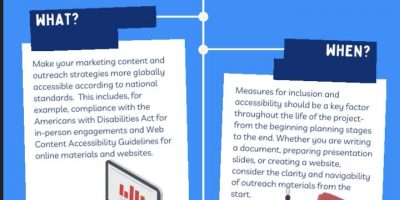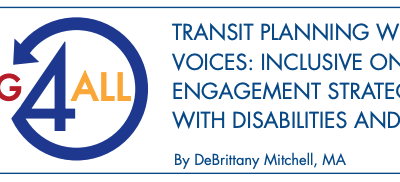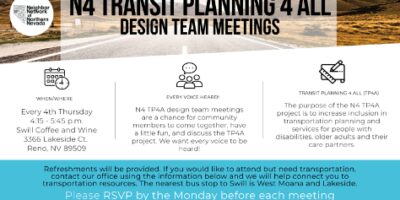
By Charles Dickson
The recent crises surrounding COVID-19 has upended business as usual across the board. Especially challenged has been the process of public engagement. As transit agencies have operated in emergency mode, there has been little time for the process of inclusive planning.
As the nation re-opens and transit agencies begin to revive service, the need to communicate changes to the riding public and to receive feedback has never been greater. Riders need to be informed of service changes, consulted on the impacts caused by these changes, and be involved in the on-going process of building a better transit service.
Although in-person meetings and other face-to-face options are probably not the way to go for the near future, there are options to keep the public informed about your service and engaged in the rebuild process.
Inclusiveness Digitally
The first step is to engage riders and the public on all of your social media platforms. Facebook, Twitter, Instagram and the other platforms can be useful in both communicating service changes and in receiving feedback on how those changes are working. Frequent updates will keep riders engaged in the process as you move forward.
Engagement through social media can then lead people to an organization’s website. On your website you can more fully communicate service changes and elicit comments from stakeholders, including riders. Use your website to post detailed service plans, communicate about policy changes, and other important initiatives your system is undertaking. Once on your website, stakeholders can be directed to other interactive features such as online polling or questionnaires.
Once you have used social media, your website, and even traditional media to communicate plans for your system there will come a time when you will want to gather feedback and public sentiment will in a give-and-take forum.
Here are some tips to make online meetings as productive as possible:
- Get the word out about the meeting. Use all avenues available to you. This is a time when you may want to use the traditional media of newspapers, radio, and television to spread the word about the meeting. If your budget allows, send mailers to residents in areas you are targeting. Work with partner organizations to get the message out to their clients.
- Be transparent. Be clear about the purpose of the meeting, what will be discussed, and what you are going to do with the information gained from the meeting.
- Make sure your staff is well versed in the use of the chosen platform. Zoom, for example, provides multiples ways of hosting virtual public meeting but can have a learning curve for new users. As well, Zoom’s “meeting” vs. webinar features provides different levels of engagement and understanding the difference can lead to a better event. Practice before the meeting and iron out any problems.
- Let everyone participate. If you are using an online platform allow call-in users to access the meeting. Record the meeting and post it online to allow people to access it on their own time. Allow email comments following the meeting to give people time to process what they have learned.
- Let all voices be heard. People may be just as shy about speaking up in an online setting as they are in an in-person meeting. Consider using outside moderators to facilitate the meeting, open up the chat feature to allow written comments, and create an inviting space for people to participate.
- Make sure that speakers identify themselves every time they speak.
- The video aspect of an online meeting allows for the use of sign language interpreters for instantaneous translation.
- Create a transcript of the meeting and make that available for further comment.
- On long-term projects consider having a regular online conversation to keep people informed and gather input.
Going Forward
As the restrictions around the pandemic begin to loosen, we will naturally begin to get back to in-person engagement. This is to be encouraged. However we should begin to think of online engagement as tool for the long haul. Blended forms of engagement that include in-person meetings and online forums will be the way forward.
Organizations will need to adapt to this new way of doing business by thinking about the online process and ensuring that all stakeholder voices can be heard. While platforms such as Zoom may be adequate for now, begin to explore more robust engagement software; visit our resource page [KW1] on holding online events, with a run-through of various platforms in-regards to accessibility. This is especially true for both the accessibility features of the platforms and to protect any data that may be collected.
The important point is to continue to design and build programs with your customers and stakeholders not for them. Using all the available forms of engagement is the way to build ownership and produce better outcomes.
Charles Dickson is the Project Director for the Transit Planning for All initiative.





